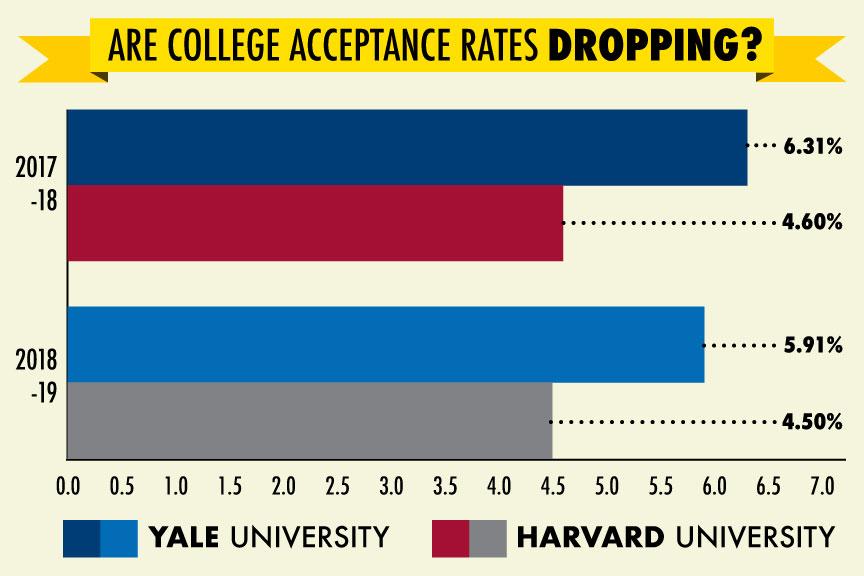In the fast-paced world of logistics, transport, and shipping, one factor reigns supreme – exception rates. These phenomena, often occurring unexpectedly, can disrupt the flow of goods and materials, impacting everything from supply chains to customer satisfaction. In this article, we delve into the intricate world of exception rate logistics, exploring the challenges, implications, and strategies for mitigating these disruptions in the global marketplace.
Understanding Exception Rates in Logistics
Exception rates in logistics can be a complex but crucial aspect of the transportation and shipping industry. It refers to the percentage of shipments that deviate from the standard shipping process due to various reasons. Understanding and effectively managing exception rates is essential for ensuring smooth and efficient supply chain operations.
Factors contributing to exception rates can include weather delays, carrier capacity issues, incorrect addresses, customs clearance problems, and damaged goods. By analyzing and addressing the root causes of exceptions, companies can implement strategies to minimize disruptions and improve overall logistics performance. Utilizing technology such as real-time tracking, route optimization, and data analytics can help in proactively managing exception rates and enhancing transparency and visibility throughout the supply chain.

Identifying Key Factors Impacting Transport Exception Rates
When it comes to understanding and improving transport exception rates, it is crucial to identify the key factors that impact these rates. By pinpointing these factors, logistics companies can take proactive measures to reduce exceptions and ensure smoother shipping processes.
<p>Some key factors that can influence transport exception rates include:</p>
<ul>
<li><strong>Weather Conditions:</strong> Severe weather can lead to delays and disruptions in transportation, increasing the likelihood of exceptions.</li>
<li><strong>Route Planning:</strong> Inefficient route planning can result in missed deliveries or delays, contributing to higher exception rates.</li>
<li><strong>Carrier Performance:</strong> The reliability and effectiveness of carriers can greatly impact exception rates, as well as customer satisfaction.</li>
</ul>
Effective monitoring and analysis of these factors can help logistics companies better manage their transport operations and reduce exception rates. By utilizing data analysis tools and continuously assessing and adjusting processes, companies can optimize their shipping operations and minimize exceptions.
<table class="wp-block-table">
<tr>
<th>Factor</th>
<th>Impact</th>
</tr>
<tr>
<td>Weather Conditions</td>
<td>Delays and disruptions</td>
</tr>
<tr>
<td>Route Planning</td>
<td>Missed deliveries, delays</td>
</tr>
<tr>
<td>Carrier Performance</td>
<td>Reliability, customer satisfaction</td>
</tr>
</table>

Strategies for Improving Shipping Exception Rate Performance
When it comes to improving shipping exception rate performance, it is essential to implement effective strategies that can help streamline the logistics process. One key strategy is ensuring clear communication between all parties involved in the shipping process. This can help prevent misunderstandings and reduce the likelihood of exceptions occurring.
Another important strategy is to invest in technology that can help track shipments in real-time and provide updates to both customers and logistics teams. Utilizing data analytics can also help identify trends and patterns that may be causing exceptions, allowing companies to make necessary adjustments to improve overall shipping performance. By implementing these strategies, businesses can work towards reducing shipping exceptions and providing a smoother shipping experience for all parties involved.
In Conclusion
In conclusion, understanding exception rate logistics in the transport and shipping industry is crucial for businesses looking to optimize their supply chain operations and improve customer satisfaction. By identifying and addressing the factors contributing to exception rates, companies can streamline their processes, reduce costs, and enhance overall efficiency. With a proactive approach and the right strategies in place, organizations can navigate through the challenges of exception rates and strive for excellence in their logistics operations. Cheers to smoother sailing ahead!
